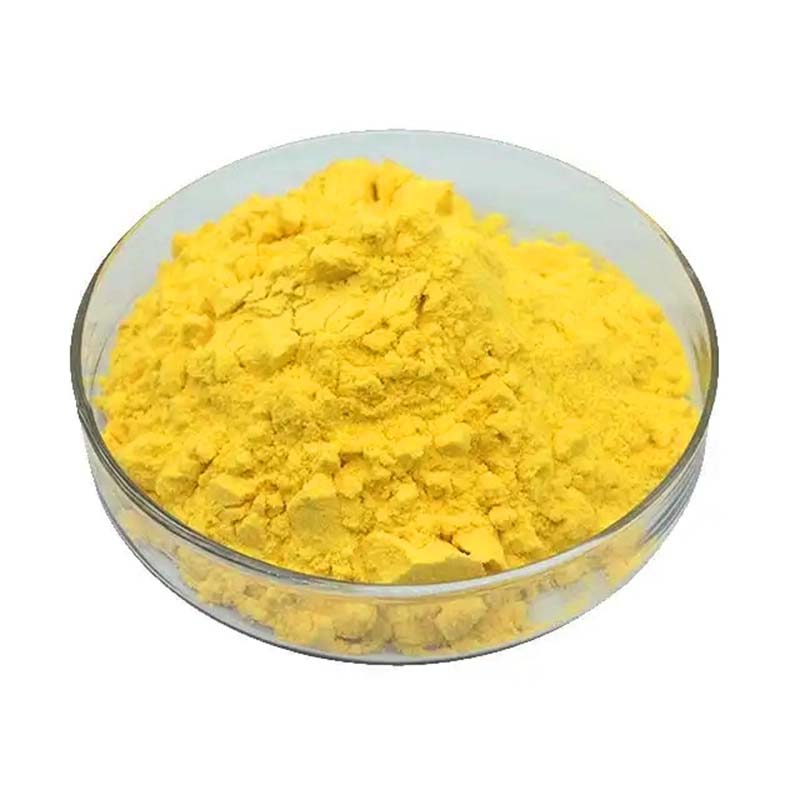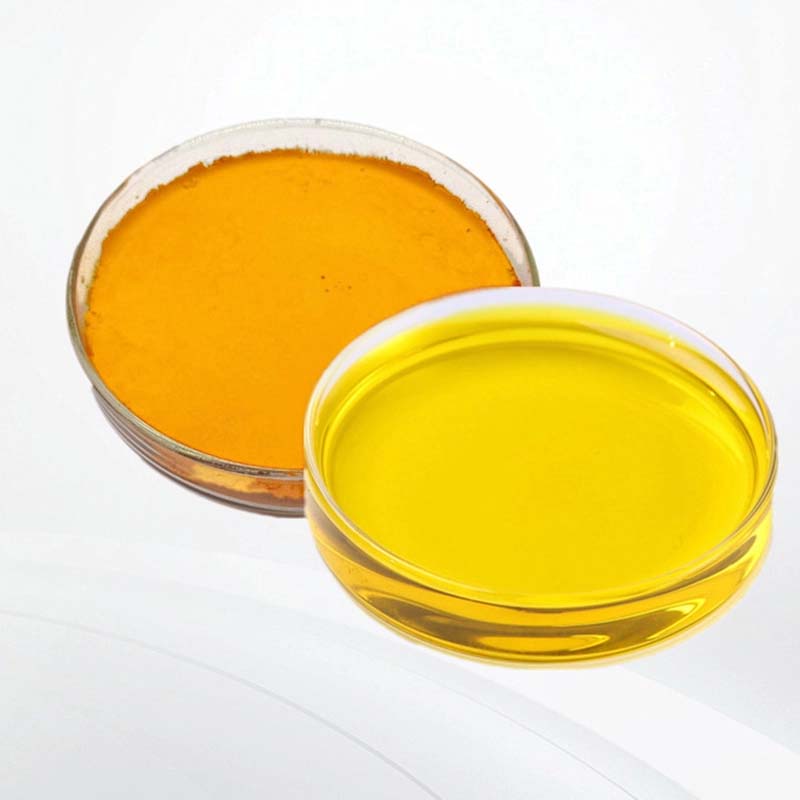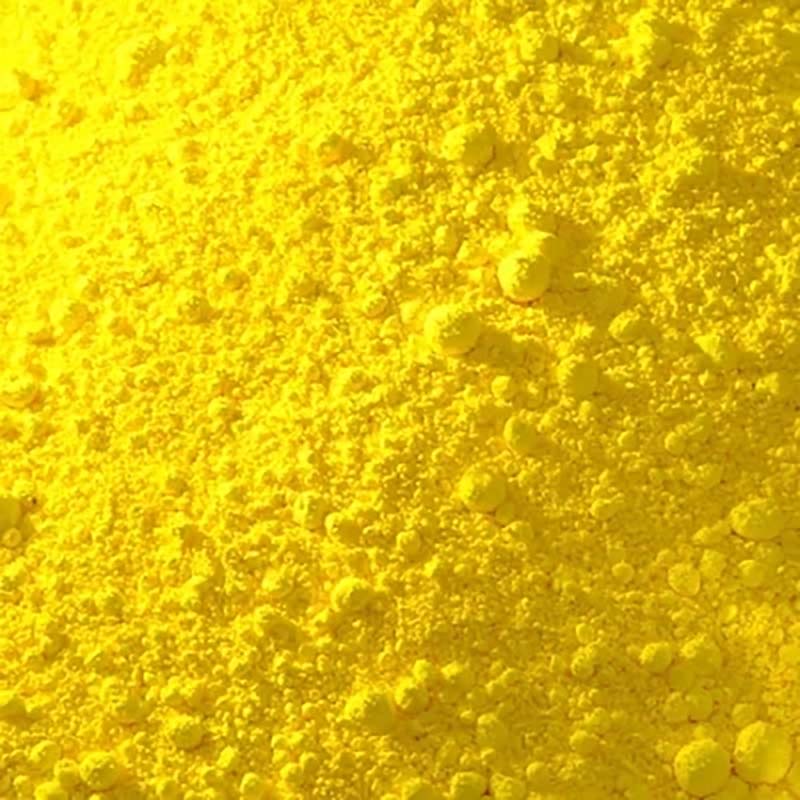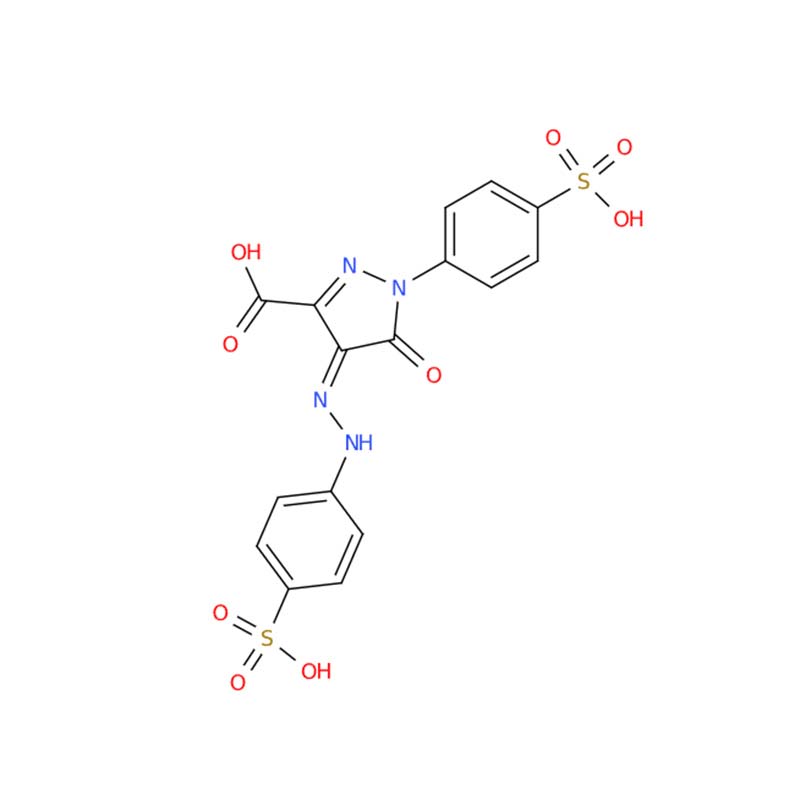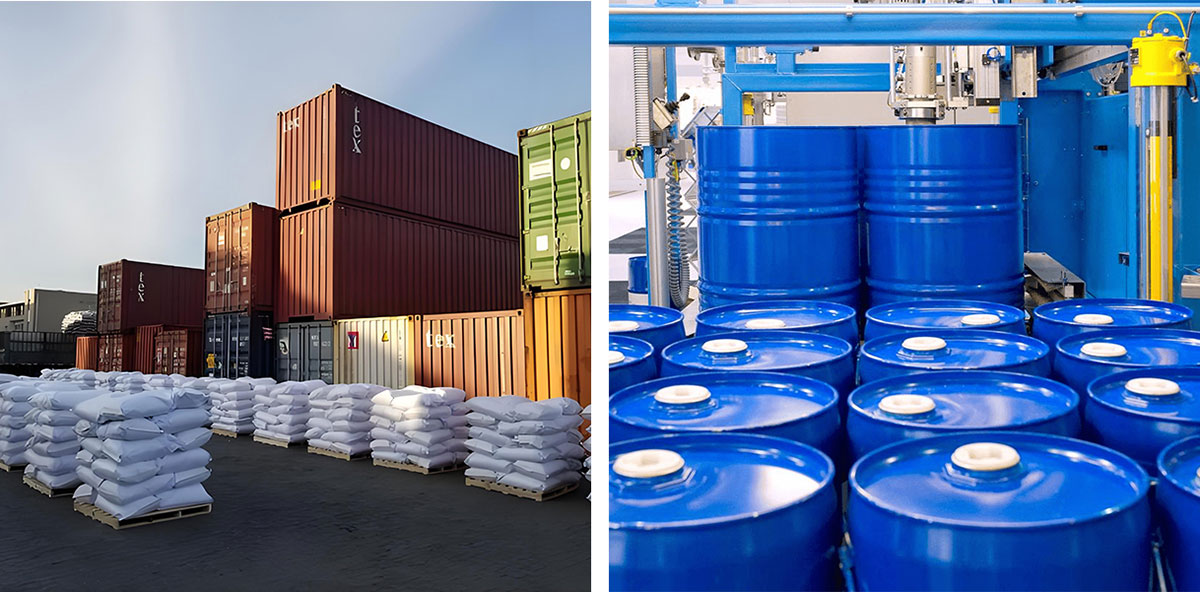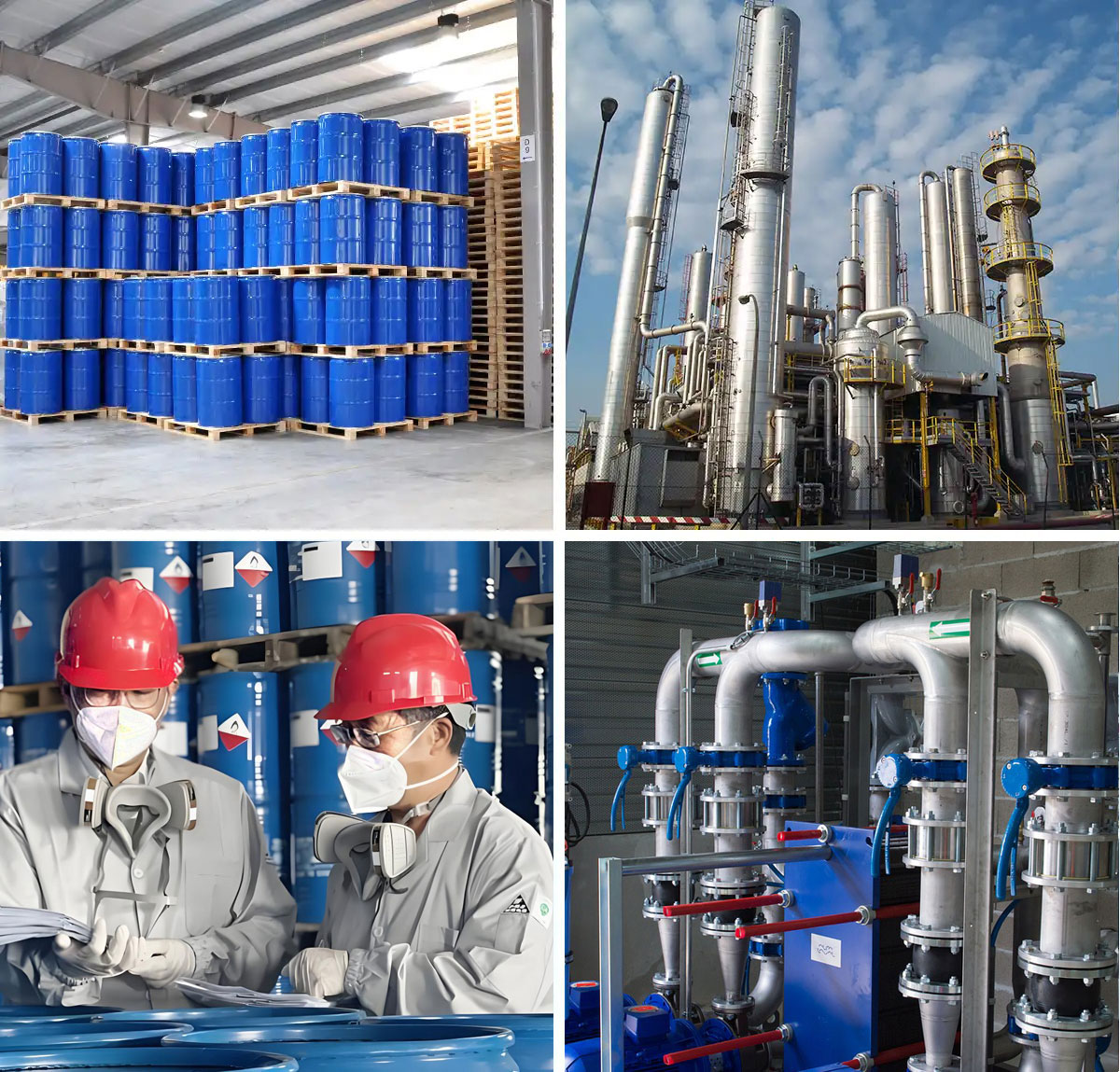Tartrazine
Widely Used: As the leading synthetic food colorant worldwide, Lemon Yellow is extensively incorporated into foods, beverages, pharmaceuticals, and cosmetic products.
Versatile Applications: Its use extends to diverse fields such as animal feed, tobacco, and certain medical applications, highlighting broad industrial adaptability.
Excellent Coloring: It provides a vivid and stable yellow hue, making it suitable for enhancing the visual appeal of various consumer goods.
Stable and Safe: The pigment maintains integrity under ambient conditions, is non-volatile, and exhibits a well-established safety profile when utilized within authorized limits.
Lemon Yellow ranks among the three primary synthetic food colorants and is globally recognized as the most extensively utilized synthetic pigment in food applications. Its systematic chemical designation is trisodium 1-(4-sulfonatophenyl)-4-((4-sulfonatophenyl)azo)-5-pyrazolon-3-carboxylate.
Parameters
Melting point | 300 °C |
Boiling point | 909.54℃[at 101 325 Pa] |
density | 2.121[at 20℃] |
vapor pressure | 0Pa at 25℃ |
storage temp. | room temp |
solubility | DMSO (Sparingly, Heated), Water (Slightly) |
Colour Index | 19140 |
form | |
color | Orange |
Water Solubility | 260 g/L (30 ºC) |
Sensitive | Hygroscopic |
Merck | 14,9072 |
BRN | 69850 |
Stability: | Stable. Hygroscopic. Incompatible with strong oxidizing agents. |
Biological Applications | Treating hepatitis,periodontal disease,psoriasis |
LogP | -1.572 at 20℃ |
EPA Substance Registry System | Tartrazine (1934-21-0) |
Safety Information
Hazard Codes | Xn |
Risk Statements | 42/43 |
Safety Statements | 22-36/37-45-24/25 |
WGK Germany | 1 |
RTECS | UQ6400000 |
TSCA | Yes |
HS Code | 32129000 |
Hazardous Substances Data | 1934-21-0(Hazardous Substances Data) |
Toxicity | LD50 oral in mouse: 12750mg/kg |
This colorant presents as a vibrant yellow powdered or granular material with an azo-heterocyclic molecular configuration. Owing to its superior coloring performance and demonstrated safety characteristics, it finds widespread application across food and beverage products, pharmaceutical preparations, cosmetic formulations, animal feed, and tobacco goods, establishing its versatility throughout multiple industrial sectors.



